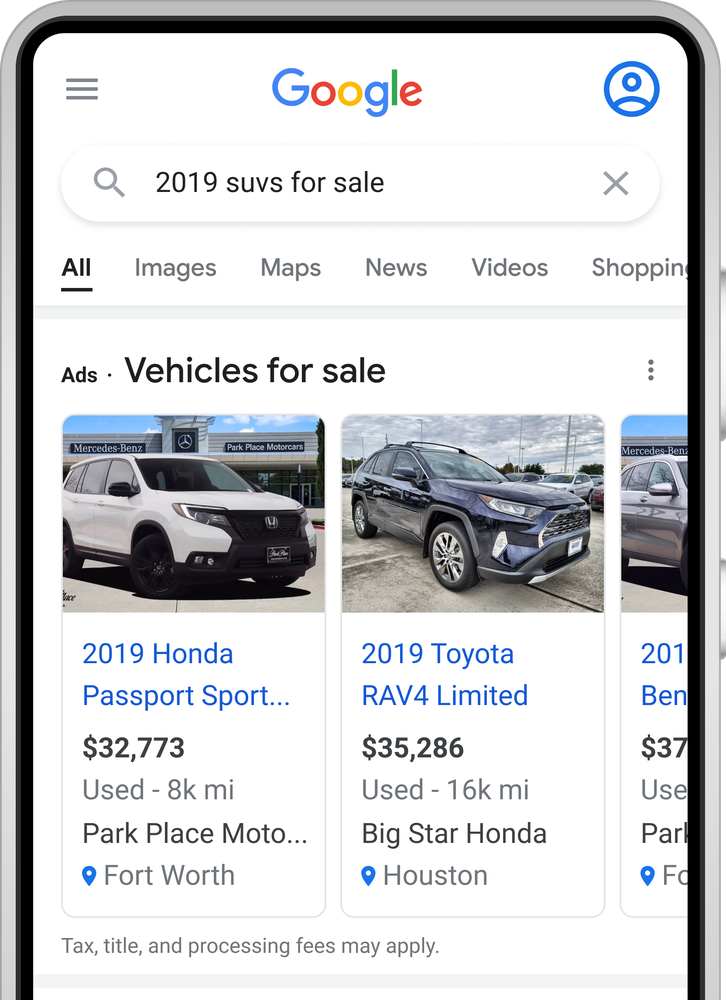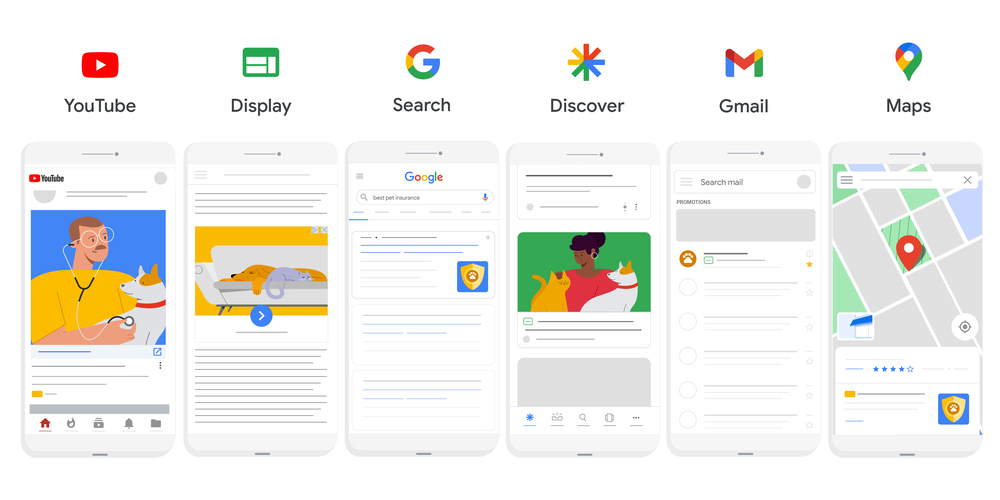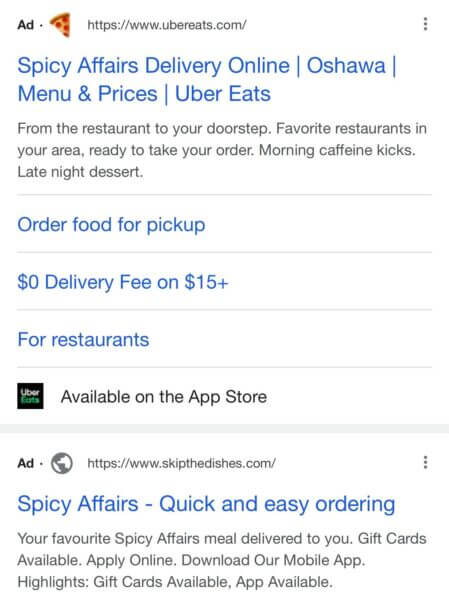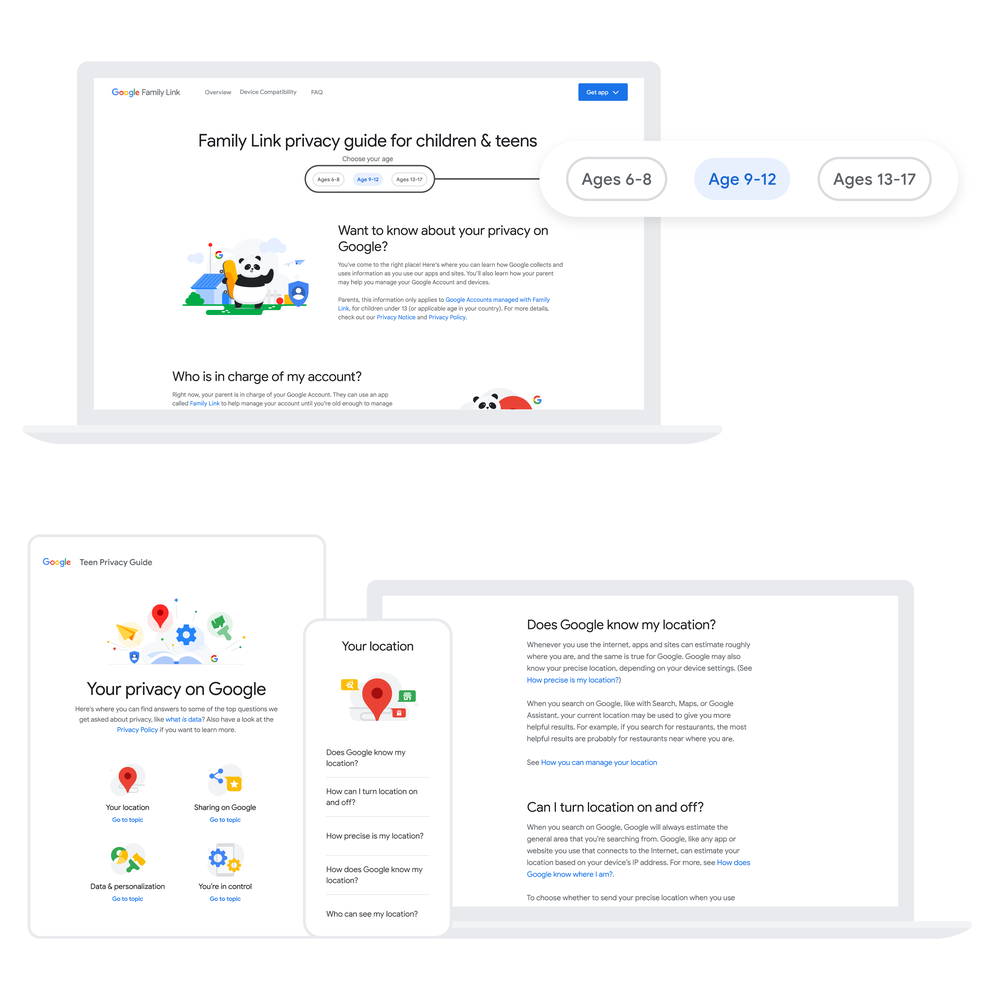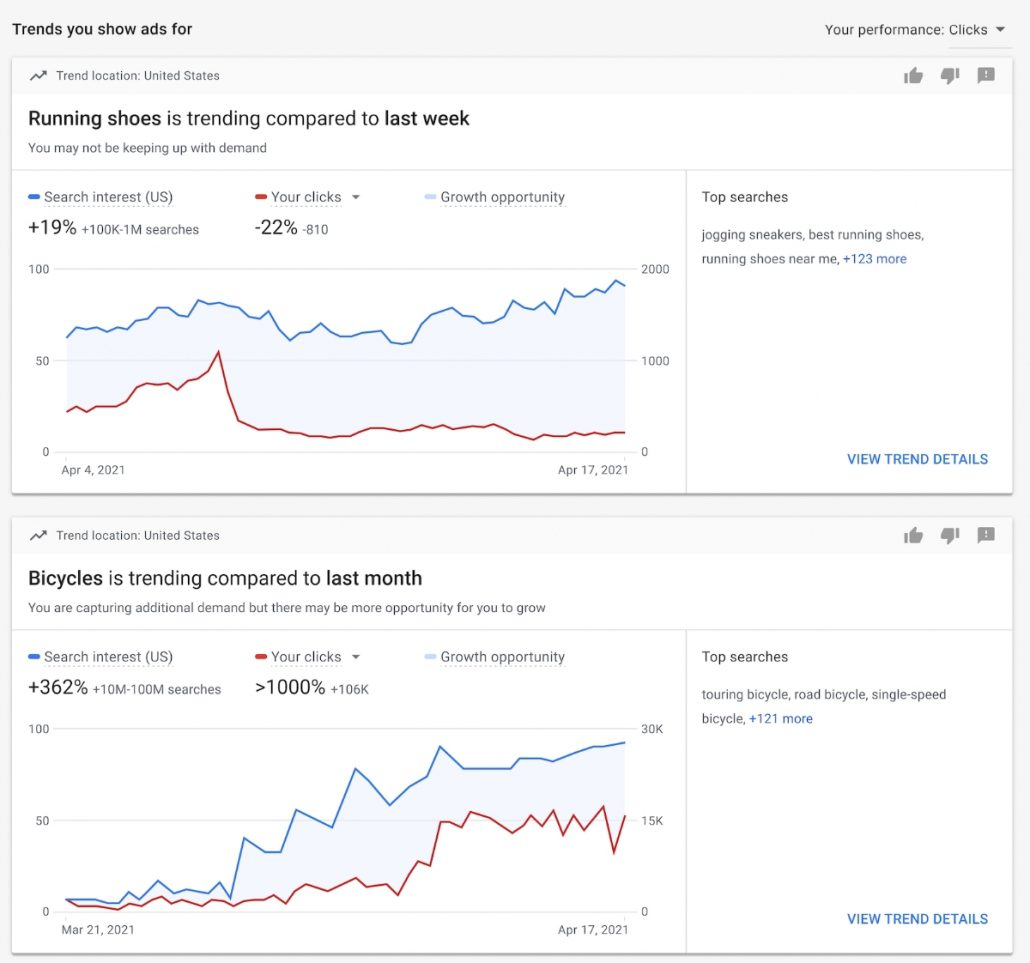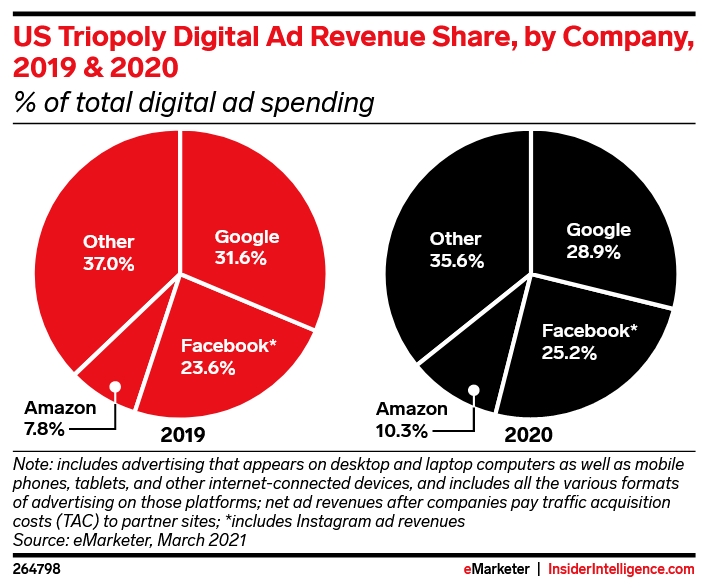As Google Ads continues to release constant new features, upgrades, revamps, and other updates seemingly every day, brands can often get stuck in “reaction” mode – finding out the latest updates and revamping their plans and strategies in response.
It is obviously important to stay up to date with what Google Ads is doing – otherwise, your advertising strategies may become less effective and start costing you more than they are bringing in. At the same time, when you focus too much on the constant stream of updates coming from the company, it leaves very little room for long-term strategies.
Thankfully, Google Ads Vice President, Jerry Dischler, recently gave all of us a glimpse into the company’s roadmap for 2022 by detailing three top priorities for the company this year: automation, measurement, and privacy.
In a blog post, Dischler explained how Google Ads is using these three priorities to shape its product and provided a clearer view of what businesses can expect from the ad platform moving forward.
While the three priorities themselves may not be particularly surprising, it is Dischler’s explanation of how the company sees these tenets which provide the most insight into what Google Ads will look like in the future and how brands can start preparing for upcoming changes today.
Automation Is The Norm
As the internet seemingly moves faster and faster each day, brands are relying heavily on automation to keep their online advertising agile and efficient.
Dischler says he has seen this not just in the data from companies across the platform, but also in speaking personally to advertisers around the world:
“In meeting with many advertisers, I’ve heard how readiness, speed and agility have been critical for managing complexity and driving growth in these uncertain times. That’s why advertisers are turning to automation more than ever before. In fact, over 80% of Google advertisers are now using automated bidding to free up time and improve ad performance.”
To ensure these automated tools remain competitive, Google is focusing on improving automation within Performance Max and Discovery campaigns.
While the company is likely to continue introducing automation into other areas of Google Ads as well, the company is emphasizing these two campaign types because they offer a number of specific benefits:
- Easier Ad Management
- Cross-Channel Reach
- Improvements in Incremental Conversions
- Lower Cost Per Action (Cost Per Click)
Measurement In A New Era of User Privacy
Data measurement has always been a key benefit of online advertising, making it possible to not only target your ads based on collected user data but to also track the success of your campaigns in real-time.
Recently, though, this has been severely complicated by a wave of new privacy protection measures led by Apple’s iOS14 update. Since the release of this update, Apple users have to opt-in to sharing their data with sites and advertising platforms, rather than allowing their information to be collected by default.
As this approach to user privacy continues to spread, with Google set to introduce their own versions of these tools soon, the company says it is also working on new solutions which will allow brands to properly measure the value of their marketing efforts.
These solutions include:
- Enhanced Conversions
- Consent mode
- Conversion Modeling
- Data-Driven Attribution
- Focus on First-Party Data and Privacy-Safe APIs.
Changes To Privacy Guidelines
While Google wants to ensure advertisers can track their ad performance and measure the value of their online advertising efforts, the company also wants to be more transparent about its data collection methods and give users more control over their personal information.
To do this, the company has made broad changes to its privacy guidelines, including a significant update to its Privacy Playbook. These changes reframe Google’s approach to better balance the needs of both advertisers and users by highlighting three specific goals for the future:
- Building direct relationships with customers
- Keeping data accurate and actionable
- Keep your ads relevant
Be Ready For The Future of Google Ads
If you want to be ready for the changes coming to Google Ads in 2022, Dischler makes it clear. Brands need to go back to the drawing board.
Instead of focusing on creating great ads one at a time, successful brands are looking to automation to keep their ads as relevant as possible, using direct customer connections to keep their advertising data accurate, and redoubling their commitments to protect their users’ privacy.
